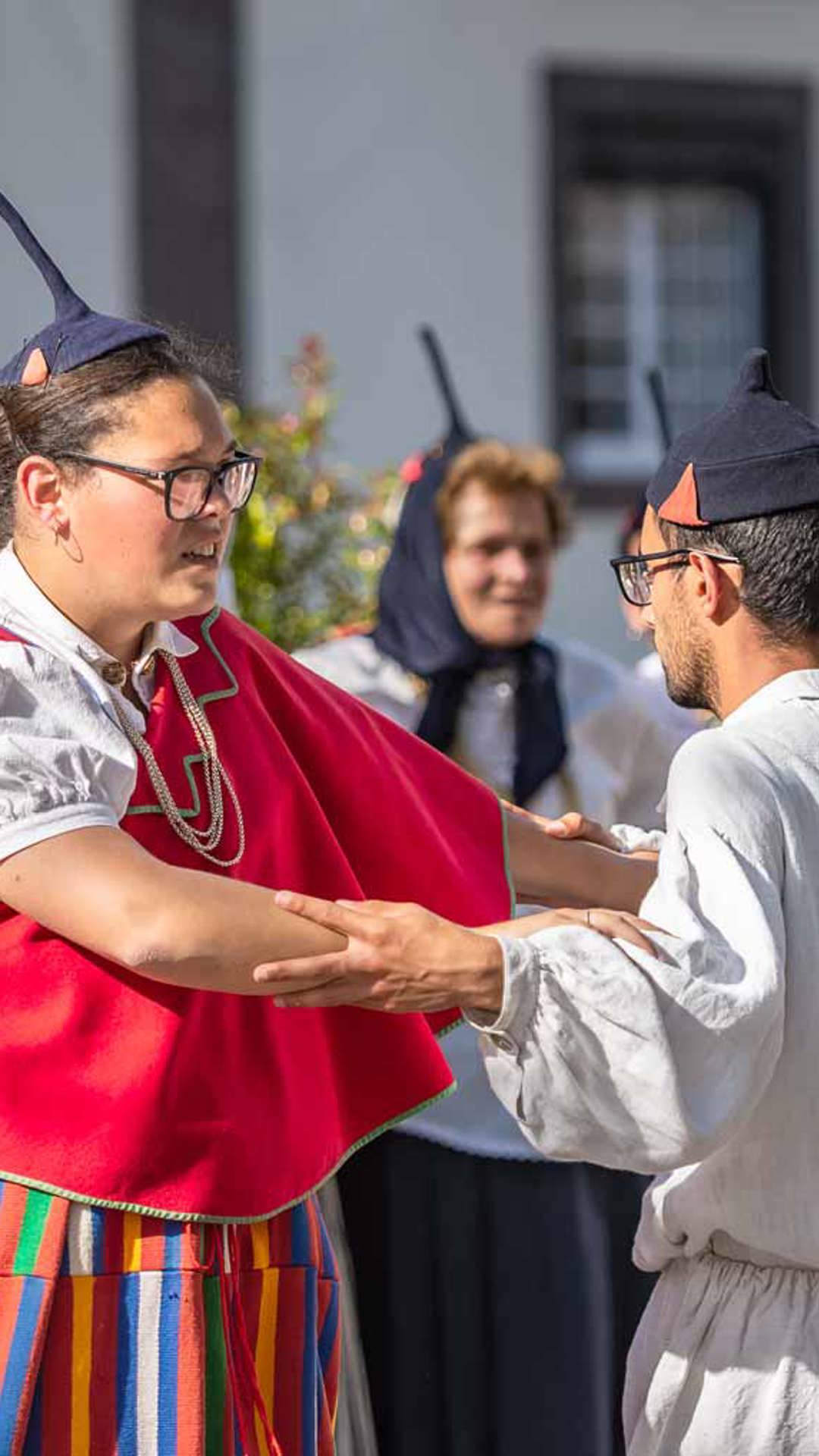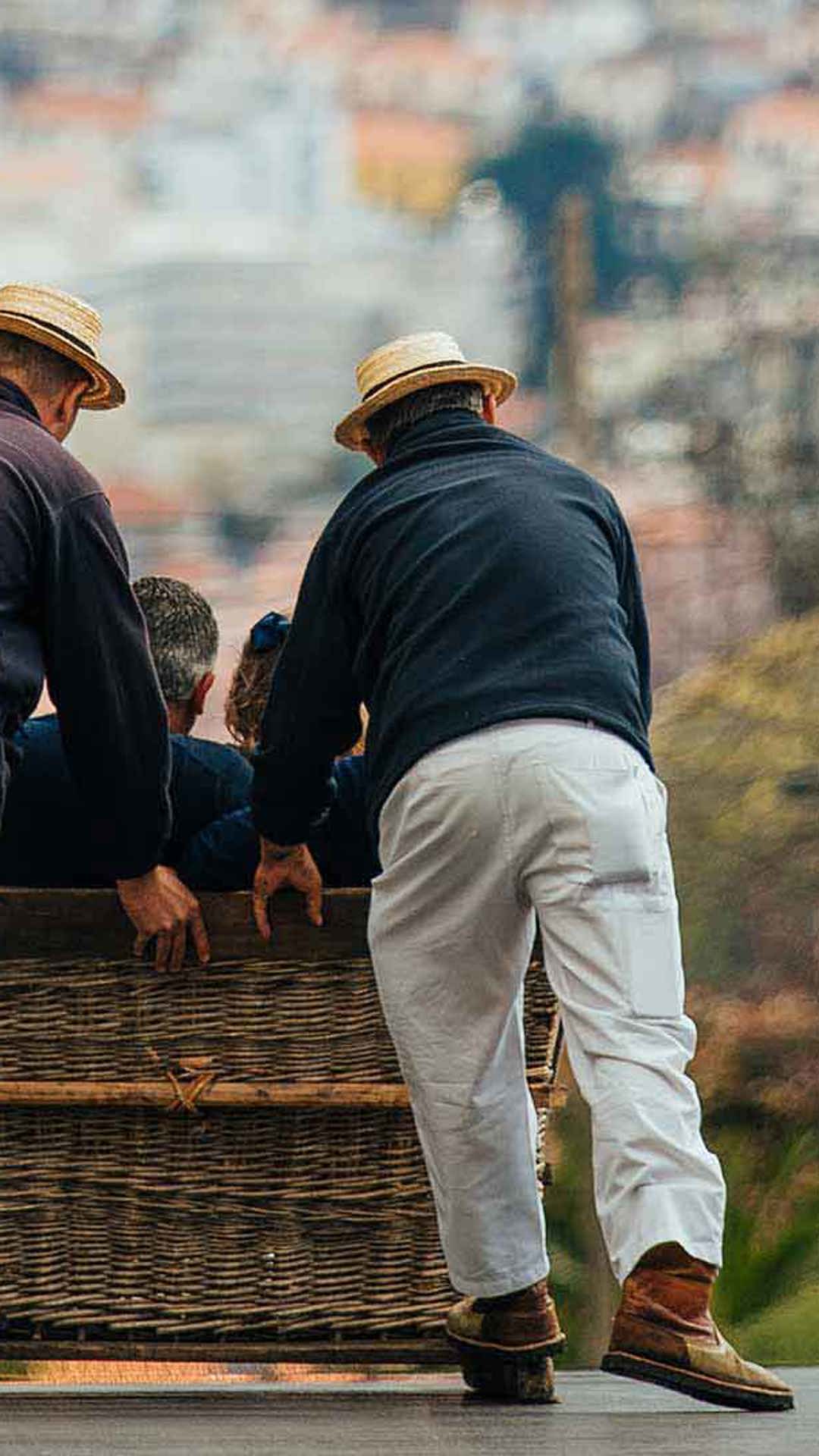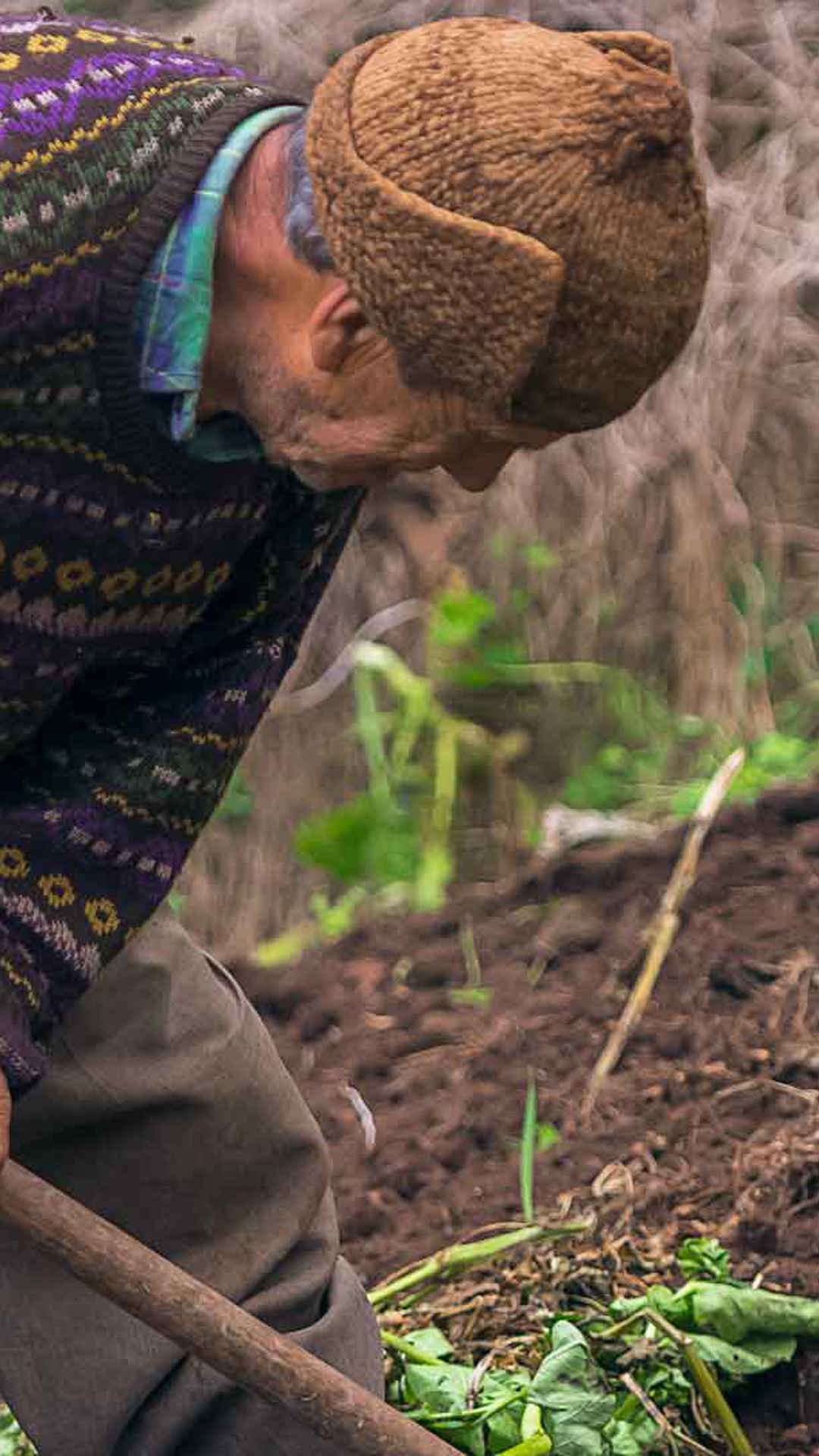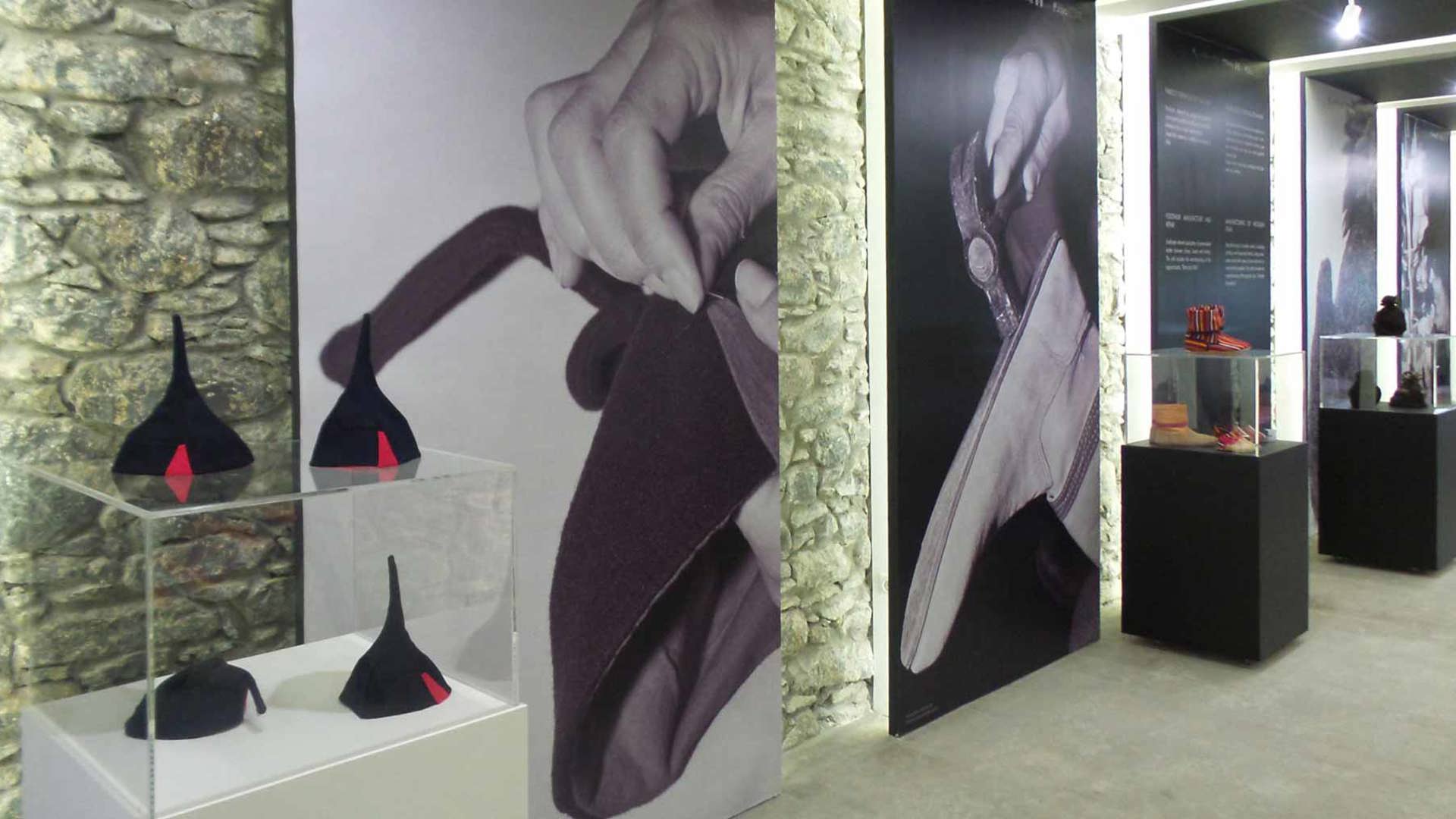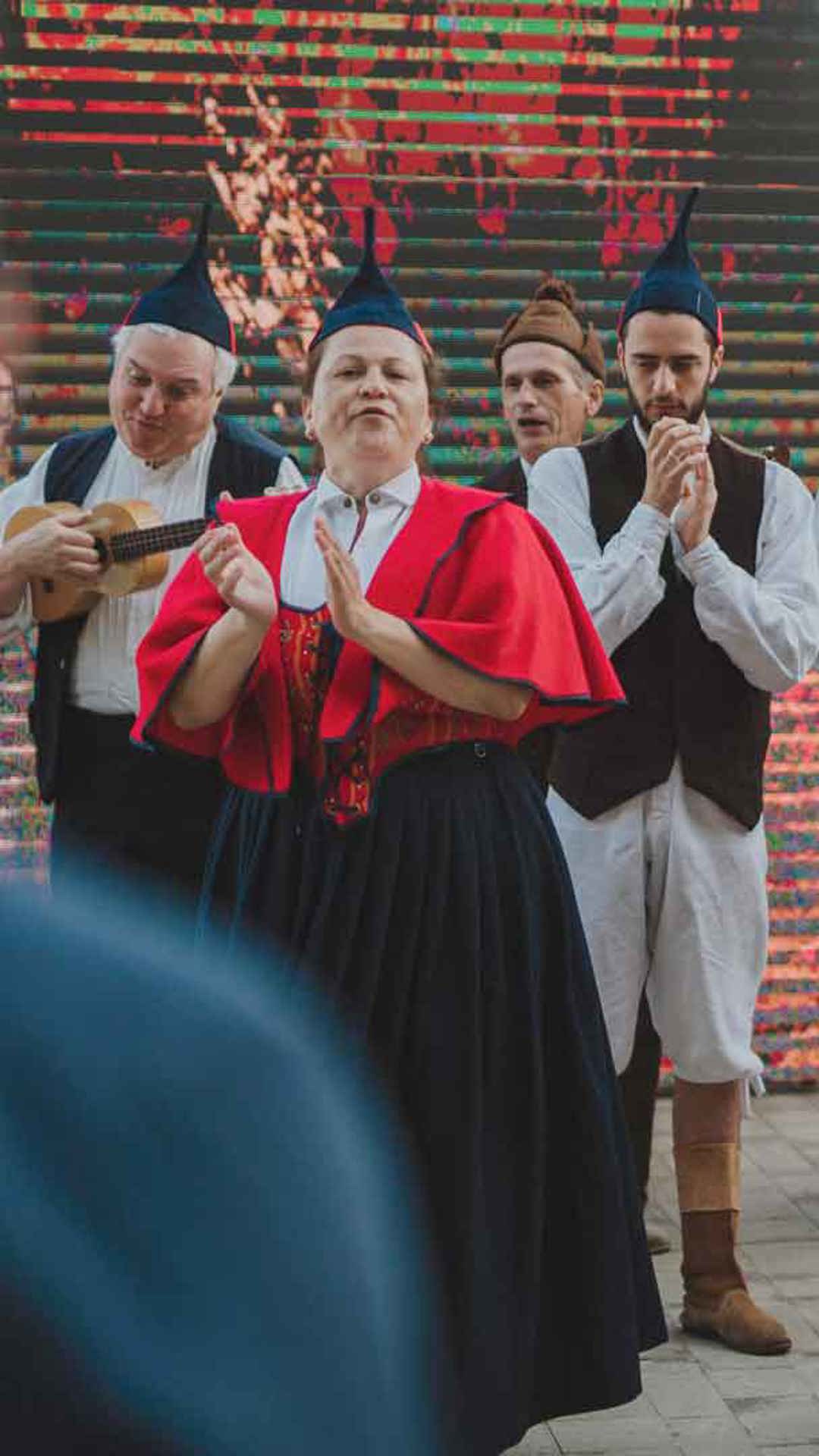'Botas de Vilão'
About Madeira's 'Botas de Vilão'
The culture of this archipelago is rich in iconic pieces, which are important symbols of the history of the islands and their people. Madeira's 'botas de vilão' became one of the most famous examples of this. Today, they are an unquestionable calling card of the region and an unequalled testimony to the olden way of life.
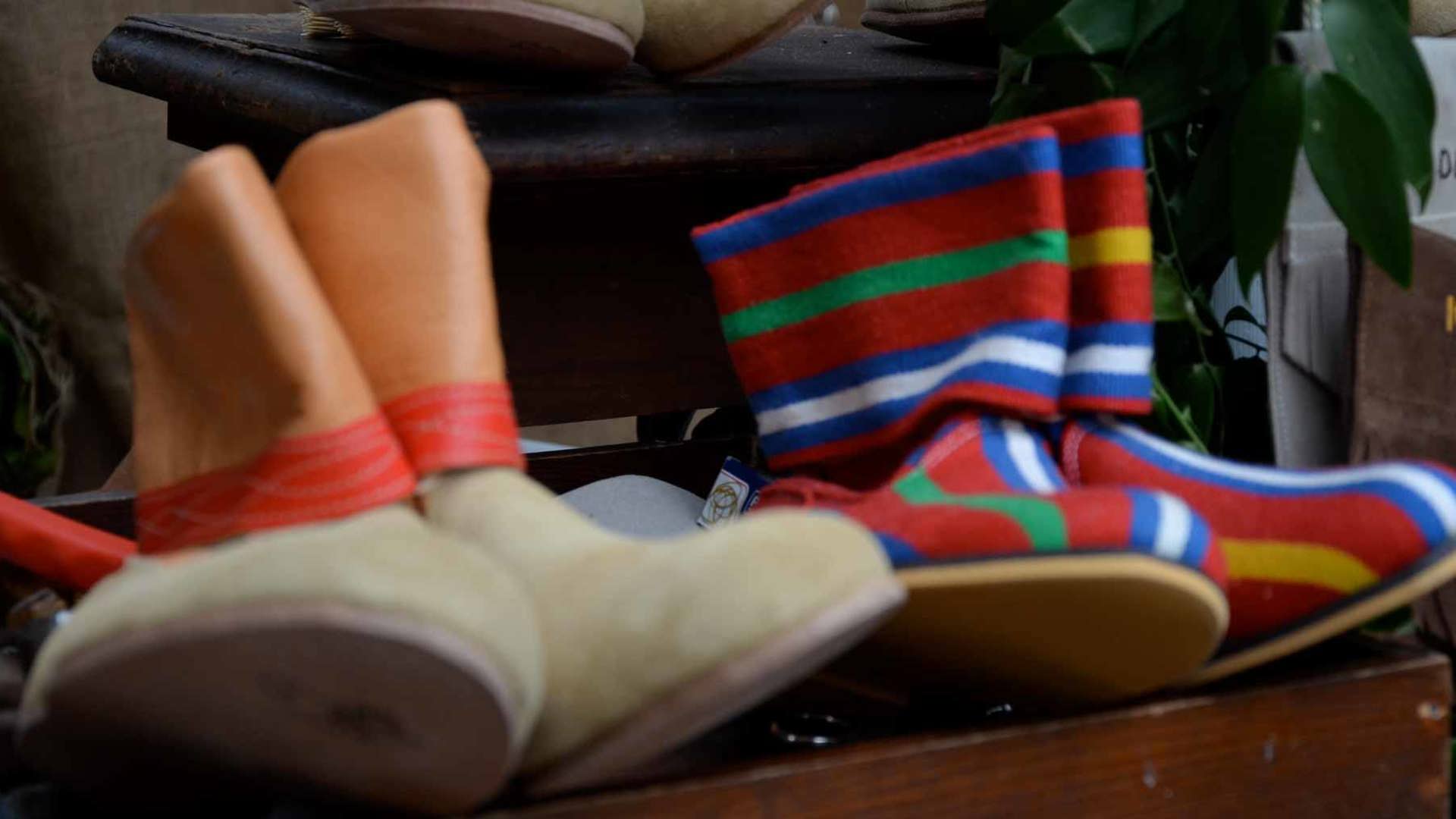
The 'botas de vilão' are one of the most outstanding elements of this Autonomous Region's crafts production. They represent an extremely relevant historical role, since they were created in a context where there was a fraction of the Madeiran population, mainly from the island's hinterland, that, due to its lack of resources, was forced to walk barefoot.
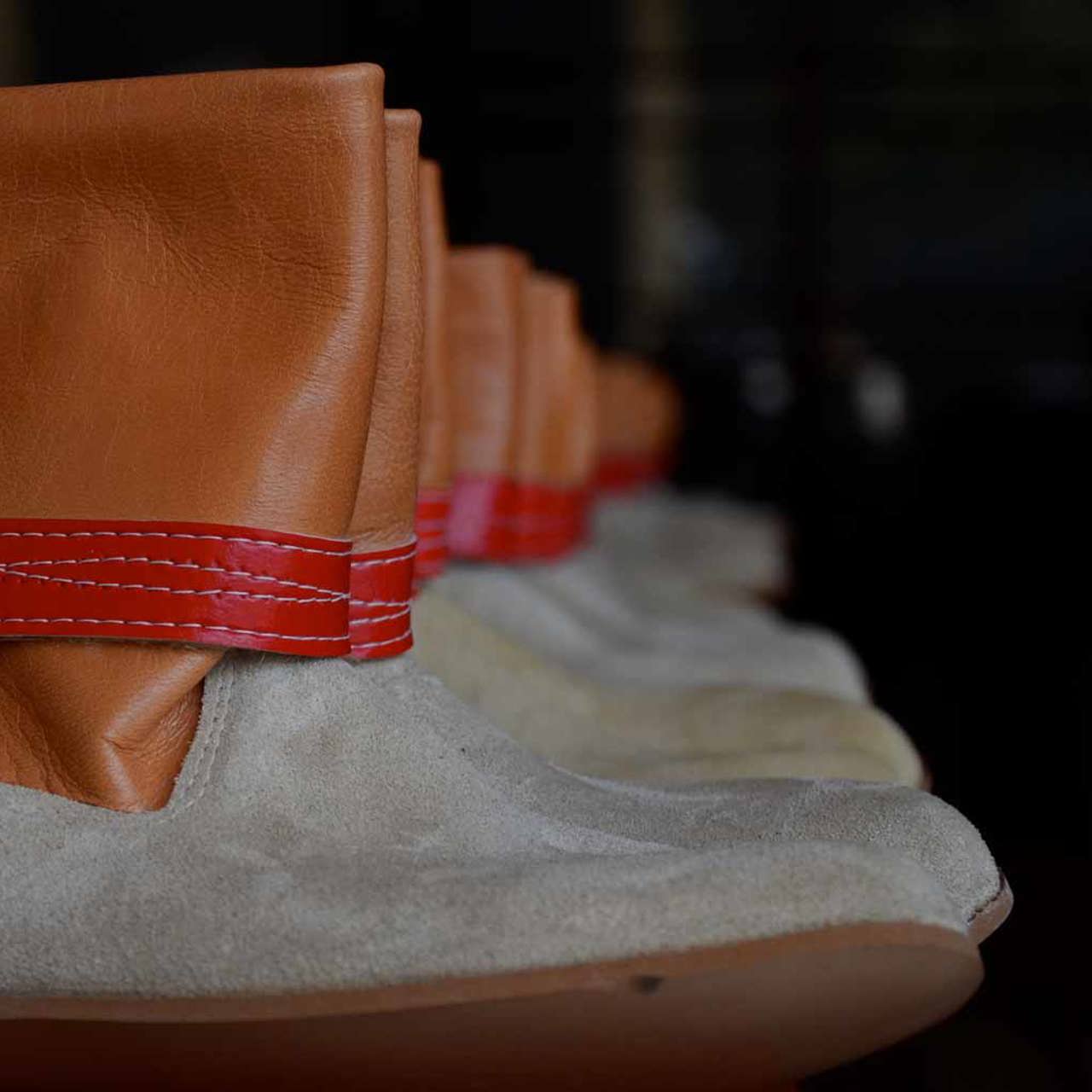
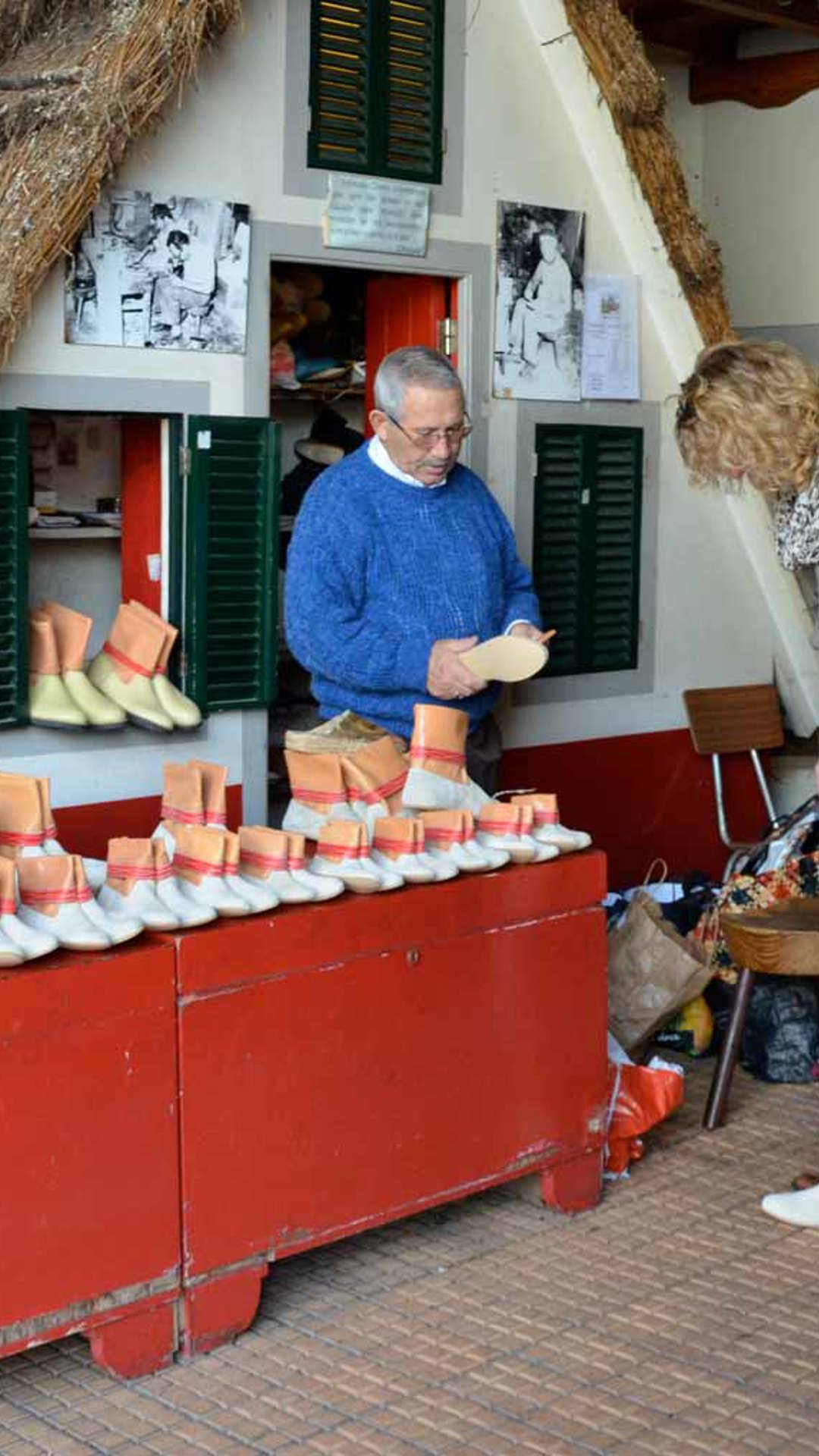
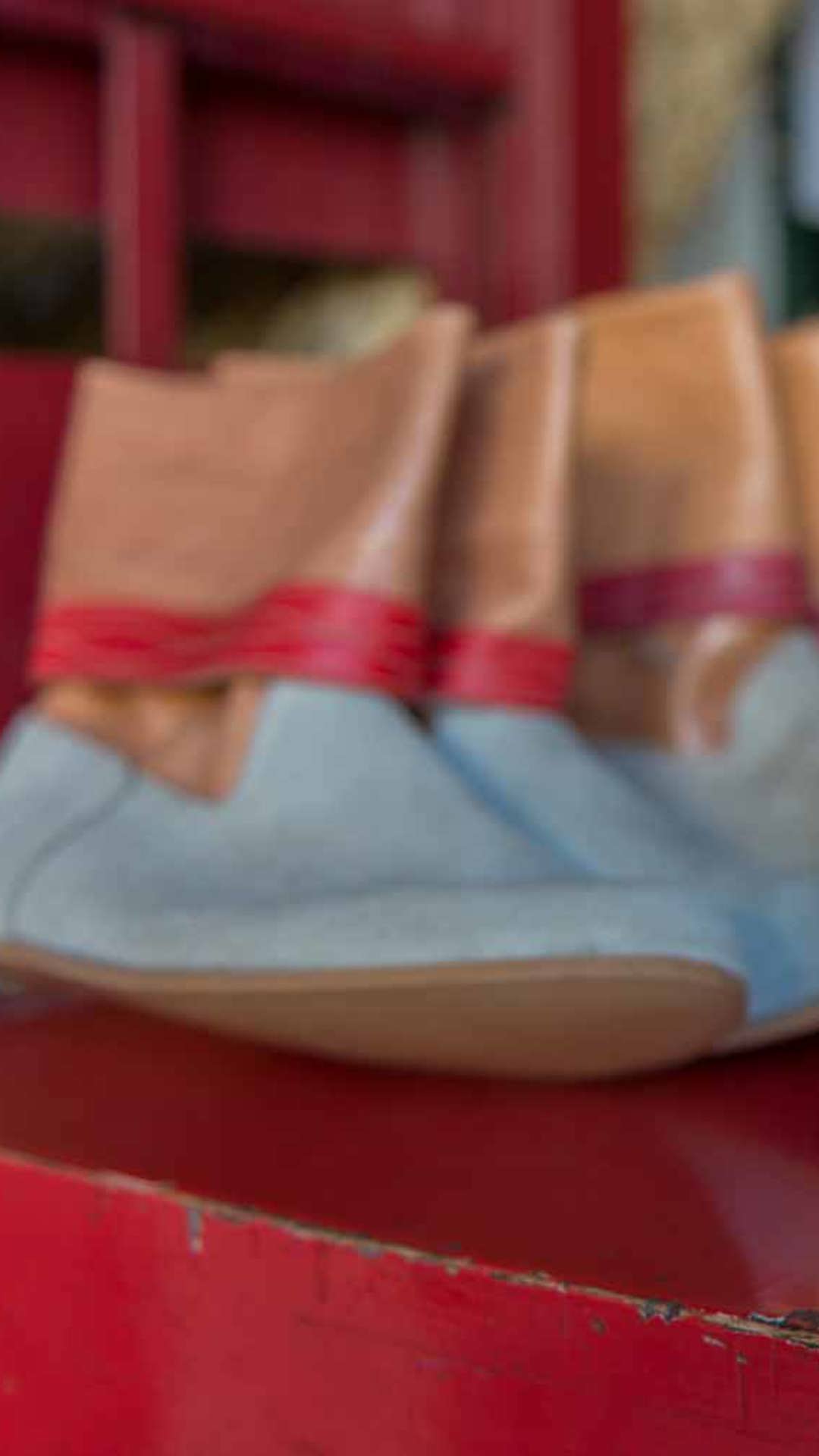
Traditionally, this footwear was produced in two different ways: the 'flat boot' and the 'country boot'. The first ones were made of goatskin, and the sole was made of cowhide. There was also a slight variation according to gender: women's boots had a narrow strip of red leather on the shaft, and men's boots were unadorned.
